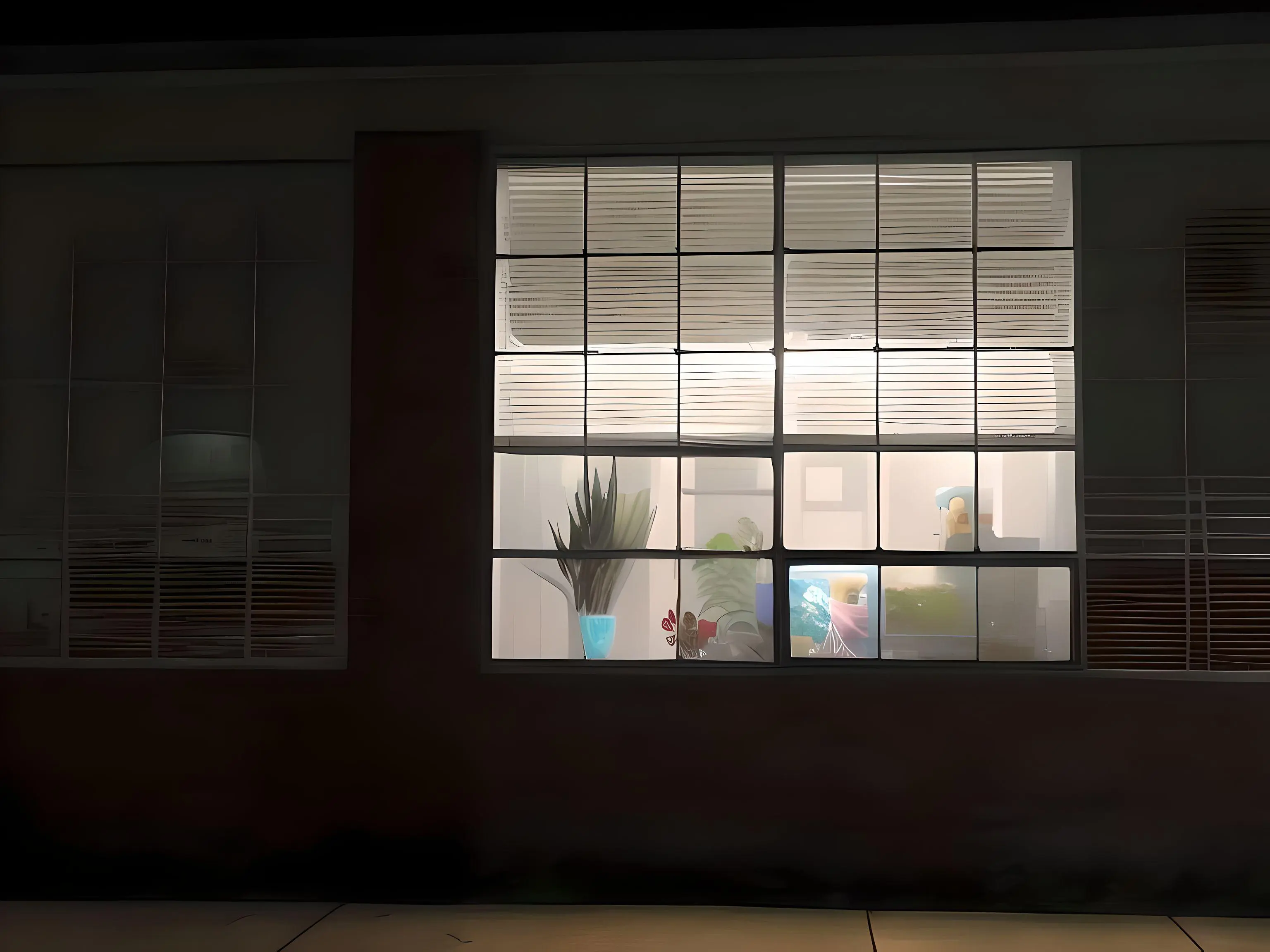The theory is that your body’s circadian rhythm reacts to blue light, so lowering the amount of blue light makes it less likely to disrupt that rhythm.
Last I was aware the actual evidence was a mixed bag.
So you react to both red light and blue light, but you react to blue light way better than to red. So blue light filters still checks out, but they’re more of a mitigation than a fix
Our retinas are linked up to the portion of the brain that deals with circadian cycles. We evolved to feel more wakeful upon exposure to blue light because that’s the color of the sky at midday. Our brains associate red light with sunset, a time where humans have adapted to feel sleepy as opposed to wakeful.
If humans instead evolved on Mars, assuming the lack of an atmosphere and magnetosphere was not an issue, this would be the opposite! Martians would feel more awake on exposure to warmer colored light and sleepy on exposure to blue light, since on Mars, the sunsets are blue!

uh what? why?
"Fine dust in the atmosphere permits blue light to penetrate the atmosphere more efficiently than colors with longer wavelengths.*
whAaaat.
does the red wavelengths get caught in the red dust or something?
this is such a good fact.
This the phenomenon: https://en.wikipedia.org/wiki/Rayleigh_scattering
i see, thanks. The size of atmospheric particles determines the color.
“Mars”. I know LV426 when I see it!
Red is also less ‘damaging’ to your night vision. https://www.nps.gov/articles/dark-adaptation-of-the-human-eye-and-the-value-of-red-flashlights.htm
It stands to reason. The light at the beginning and end of the day has a lower color temperature, i.e. (confusingly) reddish rather than bluish. Blue midday-temperature light is therefore something that evolution has prepared us to see in the middle of the day rather than late at night.
“color temperature” makes more sense if you think of it as hot iron - red hot iron is cooler than white (blue) hot. People usually think of red fire and blue ice though.




